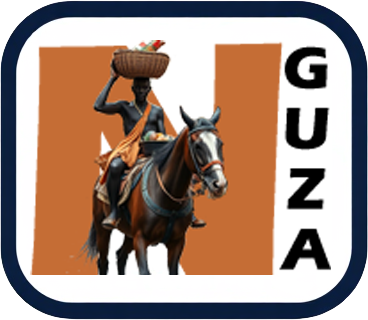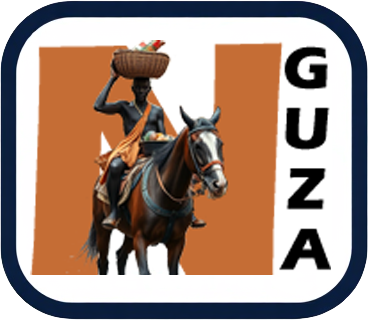Liquid Soap Market Summary
The global liquid soap market size was estimated at USD 23.9 billion in 2023 and is projected to reach USD 32.14 billion by 2030, expanding at a compound annual growth rate (CAGR) of 4.13% from 2024 to 2030. The shift in lifestyle preferences and ongoing urbanization have played a key role in boosting the demand for liquid soap across different demographics.
In urban environments, consumers are increasingly leaning toward products that offer both convenience and efficiency in their everyday hygiene routines. Liquid soap, with its easy-to-use packaging and a variety of formulations—ranging from antibacterial to moisturizing—meets the expectations of modern consumers. These formulations are designed to serve different skin needs and preferences, adding to their popularity. Furthermore, the growing emphasis on personal grooming and skincare is acting as a catalyst for demand. Liquid soaps, enriched with ingredients tailored for hydration and specific skin conditions, not only provide hygiene but also support overall skin health. This multifunctionality makes them appealing to consumers who seek both skincare and hygiene in a single product.
Key Market Trends & Insights
- In 2023, the conventional segment emerged as the market leader, accounting for a revenue share of 71.6%. This dominance is attributed to the affordability and simplicity of conventional liquid soaps, which offer effective cleansing without complex or high-cost ingredients. These products serve a broad consumer base, especially in price-sensitive markets.
- The hypermarkets and supermarkets segment captured the largest revenue share in 2023, driven by the wide selection of products available under one roof. These retail formats attract consumers with bundled deals, promotional discounts, and the convenience of bulk purchasing, which has contributed significantly to market expansion.
- The household segment led the market in 2023, fueled by changing consumer preferences that prioritize convenience and hygiene. Liquid soap is favored in households over traditional bar soaps due to its ease of application, reduced mess, and enhanced hygiene. With increasingly fast-paced lifestyles, products that simplify routines and offer reliable sanitation are in high demand.
- The North America liquid soap market is expected to register substantial growth over the forecast period. This growth is supported by consumer preference shifting from bar soap to liquid alternatives, driven by the latter's enhanced hygiene properties and ease of use, particularly in domestic and public spaces.
- The U.S. is projected to contribute significantly to this growth, owing to higher disposable incomes that empower consumers to invest in premium hygiene products. These include liquid soaps with added benefits such as fragrances, moisturizers, and antibacterial properties.
- Europe is forecasted to witness notable growth throughout the projected timeline. The presence of industrially advanced countries and a population increasingly concerned with hygiene and personal care are expected to drive this regional market.
- In 2023, Asia Pacific accounted for the largest revenue share of 36.8% in the global liquid soap market. Rising disposable income across emerging economies in the region is enabling consumers to allocate more spending toward hygiene and personal care products like liquid soaps, supporting regional market growth.
Order a free sample PDF of the Liquid Soap Market Intelligence Study, published by Grand View Research.
Market Size & Forecast
- 2023 Market Size: USD 23.9 billion
- 2030 Projected Market Size: USD 32.14 billion
- CAGR (2024-2030): 4.13%
- Asia Pacific: Largest market in 2023
- India: Fastest growing market
Key Companies & Market Share Insights
Leading players operating in the liquid soap market include GOJO, Procter & Gamble, Reckitt Benckiser Group plc., Unilever, and Godrej Consumer Products. These companies are continuously innovating their product offerings to cater to evolving consumer demands.
- GOJO’s product line includes Purell liquid hand soap, a gentle yet effective non-antimicrobial formula that targets both transient and resident microorganisms. The brand also offers foam soap refills tailored for healthcare, professional, and foodservice environments.
- Procter & Gamble markets its Safeguard liquid hand soap as a safe and highly efficient hygiene solution. Formulated with advanced surfactants, it effectively eliminates dirt and bacteria and is available in both antibacterial and non-antibacterial variants, appealing to a wide range of users.
Key Players
- Reckitt Benckiser Group plc.
- Procter & Gamble
- Unilever
- 3M
- Lion Corporation
- GOJO Industries, Inc.
- Godrej Consumer Products
- Kao Chemicals
- Bluemoon Bodycare
- NEW AVON LLC.
Explore Horizon Databook – The world's most expansive market intelligence platform developed by Grand View Research.
Conclusion
The global liquid soap market is poised for steady growth due to evolving lifestyle preferences, rising awareness about hygiene, and increasing demand for multifunctional personal care products. The dominance of the conventional segment, widespread availability through retail chains, and household demand are shaping the market dynamics. Regional markets such as North America, Europe, and Asia Pacific exhibit strong potential, driven by economic development and consumer spending patterns. Industry players are leveraging innovation to deliver enhanced hygiene solutions tailored to diverse needs. As consumers continue to prioritize skin health and convenience, the liquid soap market is expected to witness sustained and broad-based expansion.


